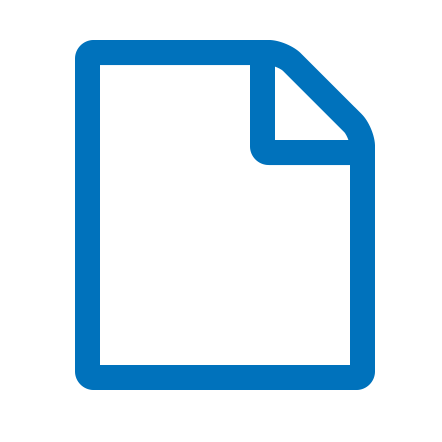A DOUBLE-EDGED SWORD THAT CAN FUEL FORGERIES Público Deposited
LIBRARY RESEARCH

The E-Sylum: Volume 9, Number 18, April 30, 2006, Article 9
LIBRARY RESEARCH: A DOUBLE-EDGED SWORD THAT CAN FUEL FORGERIES
In the March 26, 2006 E-Sylum (v9n13) Dave Bowers noted his
earlier suspicion of research about certain new coins supplied
by John J. Ford. Bowers wrote: "The Franklin technique seems to
have been to find something in historical records bearing the
name of a person or firm associated with the Gold Rush. A "new
discovery" was then presented, an item needing research. A writer,
dealer, cataloguer, or someone else was then guided toward
contemporary directories, history, etc., of the Gold Rush and
was able to find that John Doe did indeed go to San Francisco,
or that John Smith was listed as a jeweler or something else in
a San Francisco directory or newspaper or other account. This
"proved" that the new item was, in fact, made in San Francisco,
etc. Then, a scenario was constructed by the writer about John
Doe going to San Francisco, making gold coins or ingots, but
"today little is known about him" etc.Ted Buttrey writes: "Not to rehearse this business but to
correct a point made by Bowers. He quite rightly points to
the use of early records, such as western American city
directories, as a source for the “new discoveries”. This is
well said, but Bowers calls this operation “The Franklin technique”.
No, it was Ford who collected the directories and drew on them for
the bogus histories which he wove about the fake bars -- “the writer”
above was Ford. You can check the directories for yourself: there
was a wonderful collection of well over a hundred of them in his
library, so many that Kolbe called attention to them with a
subheading in his auction of the Ford Library pt. I, 1 June 2004,
most of lots 1-115."[Possession of the directories is not proof of how they were used,
but it is important for collectors and researchers to understand
how an assortment of small facts can be used to mask a larger lie.
A similar technique was employed by master forger Mark Hofmann.
Hofmann would dive into libraries and archives in search of tidbits
of information. Using the information, he would then concoct a
forged document and offer it to a collector or dealer. Later,
anyone researching the document would find "evidence" supporting
its authenticity.Interestingly, I learned of the "Hofmann technique" at an ANA
Numismatic Theater presentation by none other than Eric Newman,
a longtime opponent of Ford's in disputes relating to purported
forgeries. -Editor]- 2006-04-30
- 9